TEL AVIV, Israel—After nearly a year of cross-border fighting in the north, Israel has ushered in what its defense minister calls a “new phase” in the war against Hezbollah with a series of aggressive operations. The goal: to push the Iranian-backed terrorist organization, through diplomacy or force, to abandon its strategy of slowly weakening Israel through a war of attrition.
This week began with the military’s largest wave of airstrikes against Hezbollah infrastructure to date, with Israeli warplanes hitting an estimated 1,600 military targets across Lebanon on Monday. The campaign destroyed tens of thousands of Hezbollah’s estimated 150,000 to 200,000 projectiles in a single day, Israeli Defense Minister Yoav Gallant said that night.
The aerial attacks on Hezbollah’s missile and rocket stockpiles and launchers have persisted in the days since, as have Israel’s efforts to systematically dismantle the group’s top leadership through precision strikes on Beirut. The Israel Defense Forces (IDF) said Tuesday that it had successfully targeted Ibrahim Qubaisi, head of Hezbollah’s missile and rocket force, in a Beirut airstrike. On Thursday, another precision strike on the Lebanese capital killed Hezbollah’s top drone chief.
The high-level hits followed an aerial attack last week that killed some 20 commanders of Hezbollah’s elite Radwan force and the detonation of explosives in thousands of pagers—an alleged Israeli operation that a Hezbollah official said took 1,500 fighters off the board.
“The degradation of Hezbollah’s capabilities in the last couple of weeks has no precedent historically. Even their ability to shoot rockets seems to have been quite limited,” Gerald Steinberg, a professor at Israel’s Bar-Ilan University, told The Dispatch. “And of the top 20 people who have been the main officials in Hezbollah responsible for building a force and for implementing attack plans, about half of them are gone. That’s a very major loss for Hezbollah. They can fill those positions, but it’ll take time.”
With Hezbollah reeling from the repeated attacks, analysts are now questioning whether Israel is laying the ground to broaden the war further—perhaps by pushing into southern Lebanon to create a buffer zone that allows its displaced northern residents to return home—or whether it’s attempting to corner the group into an agreement that ends hostilities.
“Israel is, after 11 months, finally responding to 8,000 rockets and missiles and drones. The question is: Can Israel achieve de-escalation through deterrence?,” said Jonathan Schanzer, senior vice president for research at the Foundation for Defense of Democracies. “Now we’re putting to the test whether a forceful response can help bring about an end to this—in other words, show Hezbollah that there is a price—or whether Hezbollah is willing to go all the way.”
So far, the militant group’s response has been inconclusive. While Hezbollah has demonstrated its willingness to escalate, the terrorist group also refrained from unleashing its full firepower on Israeli cities, as many officials expected it to early on. It remains unclear whether it’s holding back because of a lack of capability—both in personnel and materiel—or due to concern about bringing the sides to an all-out war. The group shot a lone ballistic missile at Tel Aviv early Wednesday morning, but Israel’s air defenses intercepted it.
Eyal Zisser“Hezbollah suffered heavy losses, no doubt about it. But it’s still capable of continuing the war.”
“Hezbollah suffered heavy losses, no doubt about it. But it’s still capable of continuing the war,” Eyal Zisser, vice rector of Tel Aviv University and an expert on Lebanon, told The Dispatch. “I doubt very much that Hezbollah will be ready to cease fire as long as the war in Gaza continues.” Such a move, he added, would be tantamount to a “white flag” after the group began firing on Israel in solidarity with Hamas following its October 7 massacre of 1,200 Israelis, mostly civilians, in the south.
Calling off its attacks while the war in Gaza continues would undermine Iran’s “unity of arenas” strategy, in which its various proxies in the region come to one another’s aid. Yet Iran has refrained from becoming directly involved, despite a reported request by Hezbollah for Tehran to intervene by attacking Israel on its behalf. “[The Israelis] are dragging us to a point where we do not wish to go,” Iranian President Masoud Pezeshkian said Monday, accusing Jerusalem of setting “traps” to draw his country into a broader war.
Meanwhile, the U.S. remains determined to broker truce agreements between Israel and Hezbollah. In a joint statement with French President Emmanuel Macron on Wednesday, President Joe Biden called on a settlement that allows civilians on both sides of the border to return home safely. “The exchange of fire since October 7th, and in particular over the past two weeks, threatens a much broader conflict, and harm to civilians,” the leaders wrote.
The statement doesn’t mention Hezbollah by name, nor does it articulate a plan for the group’s withdrawal from the Israeli border. In theory, the proposed 21-day pause in fighting would allow the two parties to reach a more lasting arrangement. In practice, Israeli officials worry it would allow Hezbollah to recover and regroup with little progress toward a deal that addresses the ongoing displacement of Israel’s northern communities.
For Israel’s part, the objective is clear: Hezbollah must demilitarize in areas of Lebanon south of the Litani River. The proposed buffer zone is in keeping with United Nations Security Council Resolution 1701, which ended the 2006 Second Lebanon War by mandating Hezbollah’s withdrawal but was never enforced by the Lebanese government or the international community, despite the deployment of U.N. peacekeepers to the area.
While Israel somewhat tolerated a Hezbollah presence along its northern border for years, Hamas’ ground attack changed the calculation: Many evacuees will be unwilling to return if terrorists remain in close range of their communities.
“If Israel and Hezbollah see it as in their interest to have a temporary ceasefire to recover from the exchange of attacks in the last couple of months, then there will be a ceasefire. I’m skeptical about that,” Steinberg said. “Israel has a very strong incentive to push into southern Lebanon and make it possible for at least 60,000 Israeli civilians who were forced to flee on October 8, when Hezbollah began its attacks on the north, to return home.”
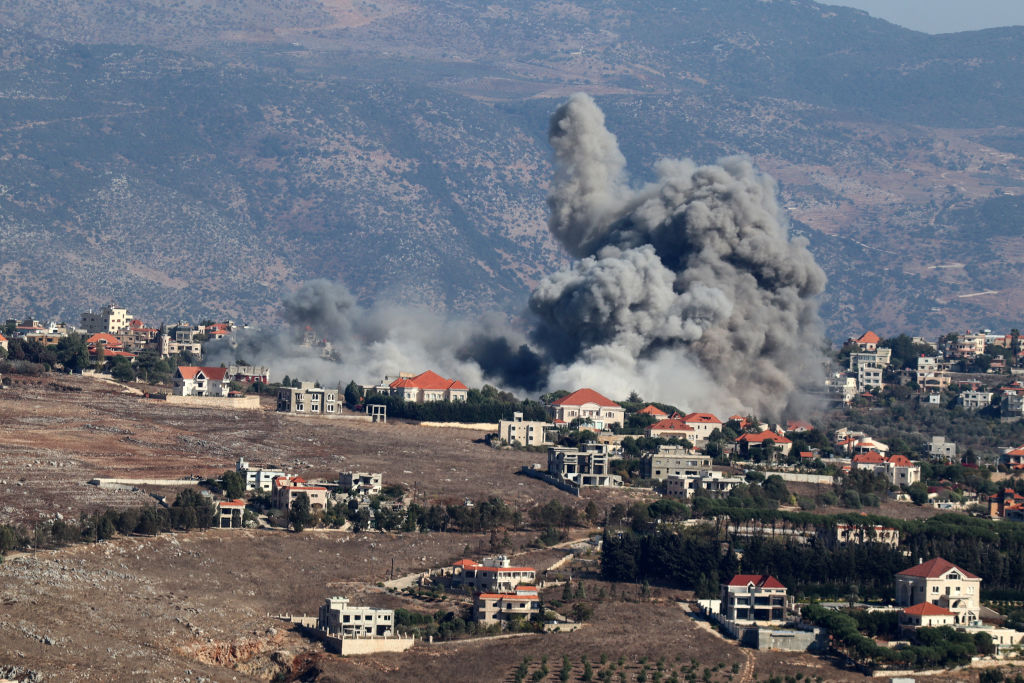

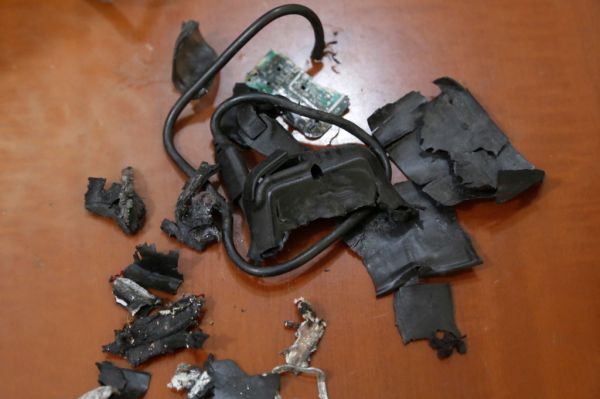
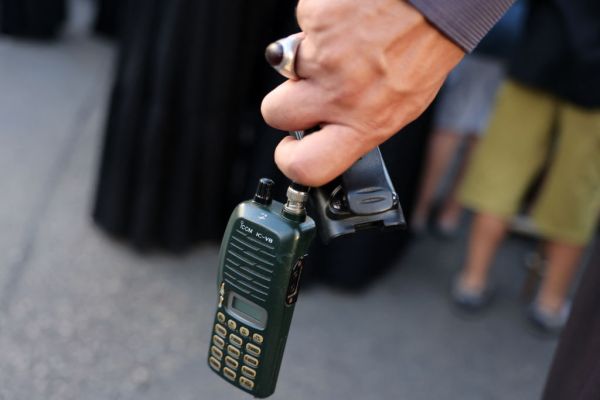
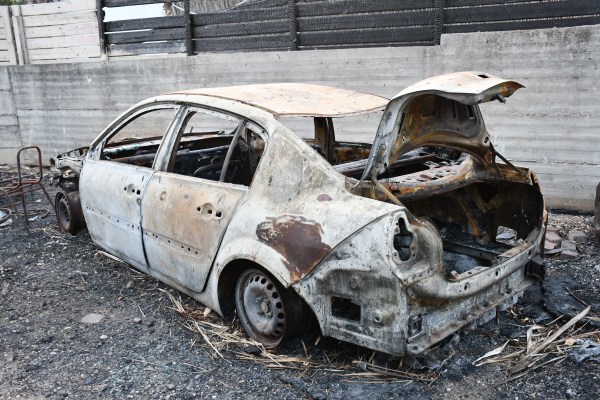
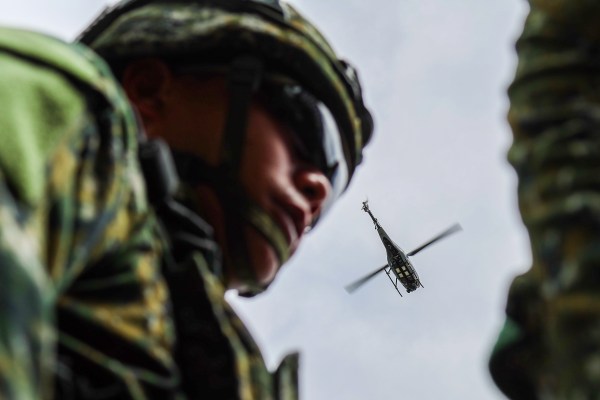

Please note that we at The Dispatch hold ourselves, our work, and our commenters to a higher standard than other places on the internet. We welcome comments that foster genuine debate or discussion—including comments critical of us or our work—but responses that include ad hominem attacks on fellow Dispatch members or are intended to stoke fear and anger may be moderated.
With your membership, you only have the ability to comment on The Morning Dispatch articles. Consider upgrading to join the conversation everywhere.